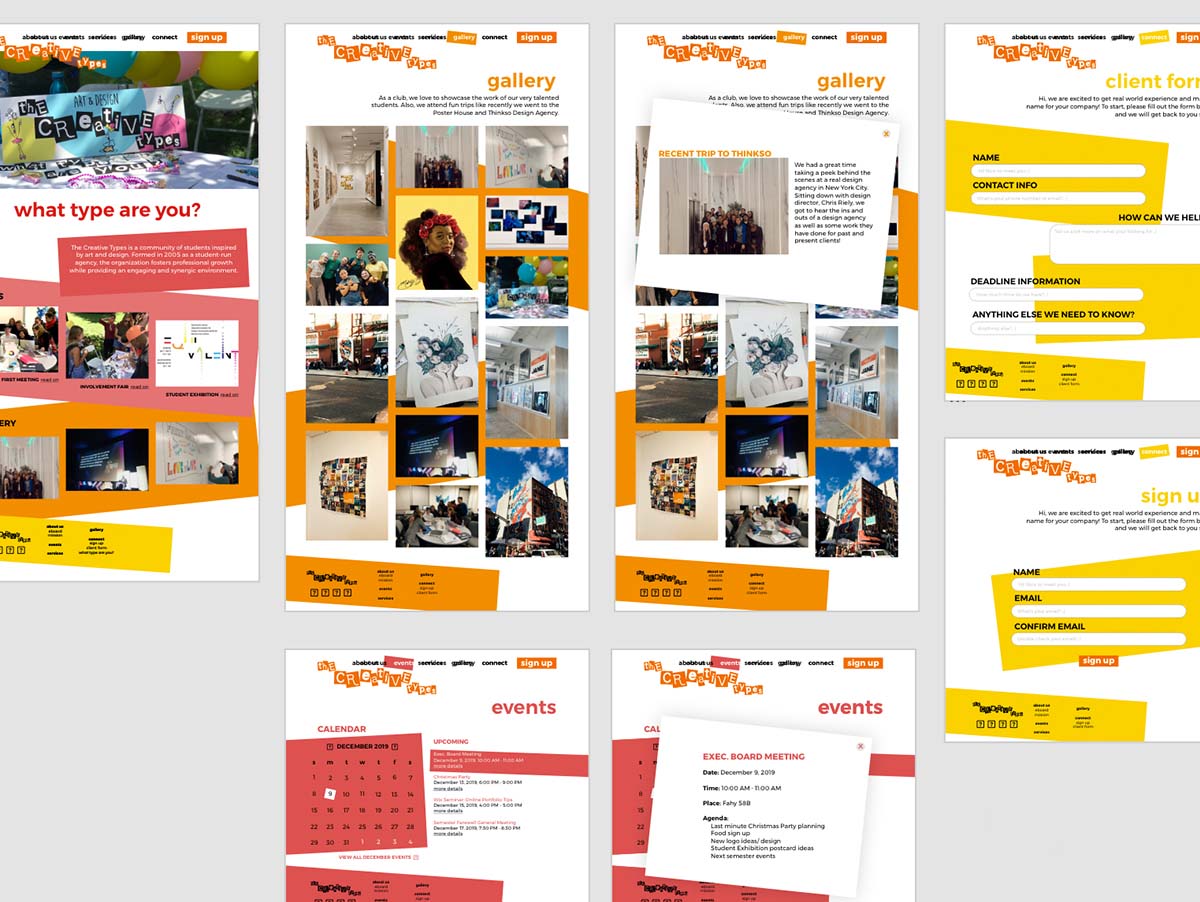Christine Lhowe
Assistant Professor
Seton Hall University
At the introduction of group projects in my undergraduate graphic design courses, students in various levels of their education often ask if they will be able to present the project in their portfolio to potential employers. Being that it was conceptualized as a team and multiple designers participated in the outcome, they express concern in presenting work that doesn’t exclusively belong to them. However, the design profession is largely collaborative and creatives often work on projects in teams. This presentation will showcase how I’ve utilized group projects to foster understanding of the collaborative nature of the design industry to intermediate and advanced graphic design students in a liberal arts University.
I have embedded two learning outcomes within the course material. The first is team conceptualization. Creative teams commonly work together in developing original concepts in brainstorming sessions. The purpose of the sessions are to collectively generate ideas where value is placed in working together.Ownership of a concept may become ambiguous as some may be merged together or built on by team members. The second is entering a creative project post conceptualization. Designers are often asked to develop new creative assets while upholding an existing aesthetic for a brand, which raises the question, “was this my idea?”
Two case studies will be shown that demonstrate embedding best practices for team collaboration in the classroom. In the first, students worked together in an advanced Brand Evolution course to develop and maintain a brand across multiple digital and physical touch points. Secondly, in an intermediate Web Design course, students implemented a design system to collectively create the user interface of a large scale website.
This research was presented at the Design Incubation Colloquium 6.3: Fordham University on May 16, 2019.
